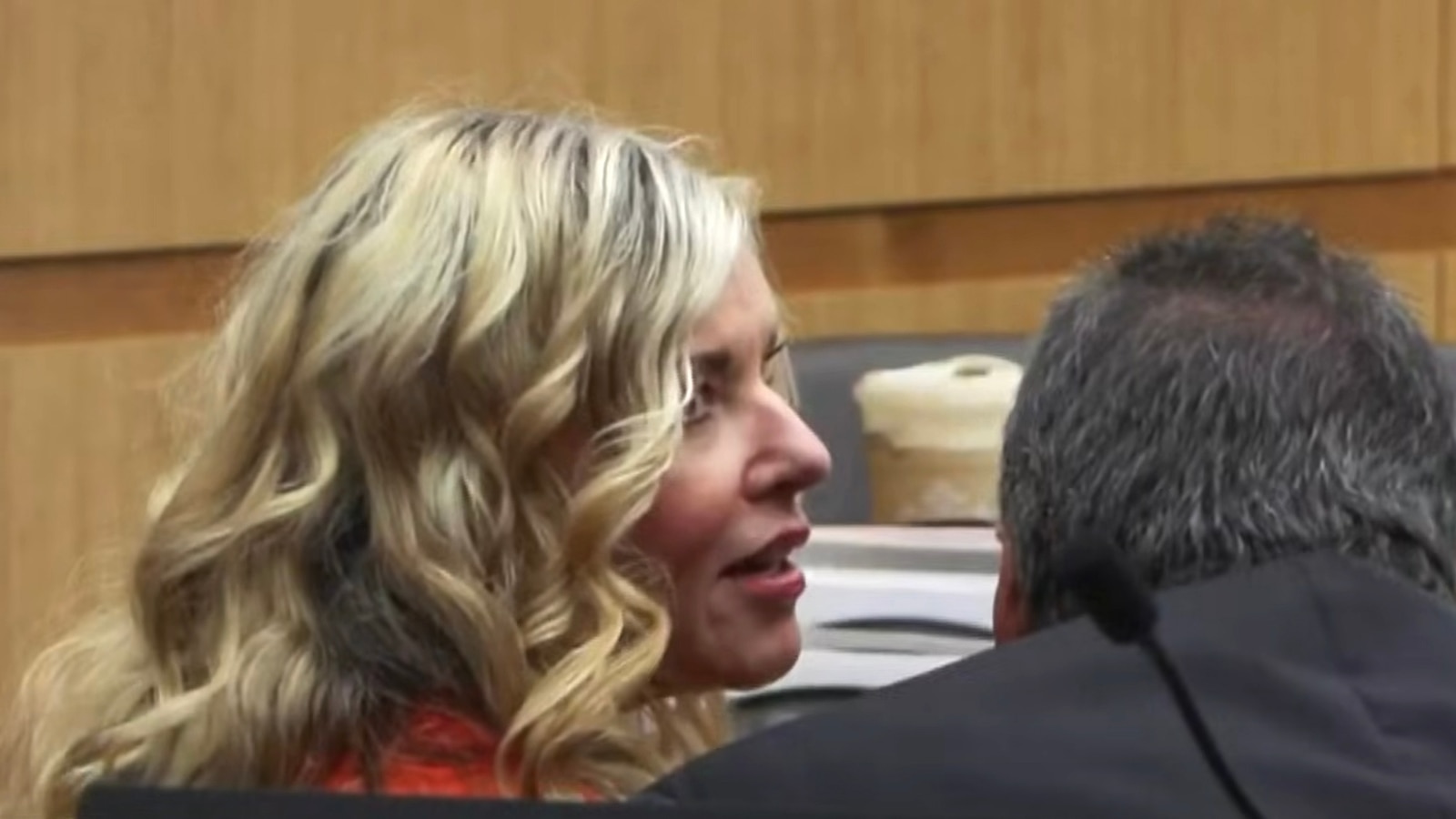What Happened
Recent developments in U.S. military strategy regarding the ongoing Israel-Iran conflict have led to significant changes in the Trump administration’s approach. President Donald Trump has reportedly sidelined Defense Secretary Pete Hegseth from key discussions about military operations against Iran, particularly as tensions escalate following Israeli airstrikes on Iranian nuclear facilities. This decision appears to stem from a loss of confidence in Hegseth after an incident dubbed “Signalgate,” where he allegedly leaked sensitive military information in a private chat that included a journalist.
As a result, Trump is now relying on a select group of advisors, referred to as the “Tier One” team, which includes Vice President JD Vance, Secretary of State Marco Rubio, CIA Director John Ratcliffe, and General Dan Caine, Chairman of the Joint Chiefs of Staff. This inner circle is reportedly leading military planning and intelligence briefings, raising concerns about the overall direction of U.S. military strategy in the region and the exclusion of key officials like Hegseth.
Key Details
-
Sidelining of Hegseth: Hegseth has been reportedly excluded from critical military planning discussions concerning Iran. Insiders suggest that “nobody is talking to Hegseth” about these matters, indicating a significant shift in how military decisions are being made within the Trump administration.
-
Signalgate Incident: The controversy surrounding Hegseth began when he allegedly shared classified operational details in a chat that mistakenly included a journalist. This incident has reportedly shaken confidence in his ability to manage high-stakes national security operations.
-
Current Military Strategy: The Trump administration is considering direct military action against Iran, including potential strikes on its nuclear facilities. The ongoing conflict has escalated, with Israel conducting airstrikes and Iran responding with missile attacks.
-
Composition of the Advisory Team: The “Tier One” team advising Trump on Iran includes individuals known for their hawkish stances, which contrasts with the more restrained approach advocated by some other officials in the administration.
Multiple Perspectives
The sidelining of Hegseth has drawn mixed reactions. Some analysts argue that Trump’s reliance on a tight-knit group of advisors may lead to a more aggressive military posture, which could escalate the conflict further. For instance, Ryan Costello, policy director at the National Iranian American Council, noted that the current administration appears “more hawkish than MAGA antiwar,” suggesting a shift toward more militarized strategies.
Conversely, others within the administration, such as Vice President JD Vance, have expressed a desire for restraint, arguing that U.S. and Israeli interests are not always aligned. Vance has publicly stated that the U.S. should avoid going to war with Iran, a sentiment that contrasts with the views of some of Trump’s closest advisors.
Context & Background
The Israel-Iran conflict has been a longstanding issue, marked by proxy wars and military confrontations. The recent escalation began when Israel launched Operation Rising Lion, targeting Iranian nuclear sites, which has prompted Iranian retaliation. The U.S. has historically played a significant role in the region, often supporting Israel while also navigating complex relationships with other Middle Eastern nations.
Trump’s first term was characterized by a more hawkish foreign policy, particularly regarding Iran, with figures like John Bolton advocating for military intervention. However, the current cabinet appears to have shifted toward a more restrained approach, with some officials advocating for diplomacy over military action. This internal conflict reflects broader ideological divisions within the Republican Party regarding foreign policy.
What We Don’t Know Yet
Several uncertainties remain regarding the future of U.S. military strategy in the Israel-Iran conflict. It is unclear how the exclusion of Hegseth will impact the Pentagon’s operational capabilities and decision-making processes. Additionally, the extent to which Trump’s inner circle will influence military actions against Iran is still being assessed.
Furthermore, there is a lack of clarity on how the administration plans to balance the differing viewpoints within its ranks. As tensions continue to rise, the potential for miscommunication or rogue military actions increases, raising concerns about the overall stability of the region.
In summary, the current dynamics within the Trump administration regarding military planning for Iran reflect significant shifts in strategy and personnel, with implications for U.S. foreign policy and regional stability. The sidelining of key figures like Hegseth and the reliance on a select group of advisors may shape the administration’s response to the ongoing conflict in ways that remain to be seen.


